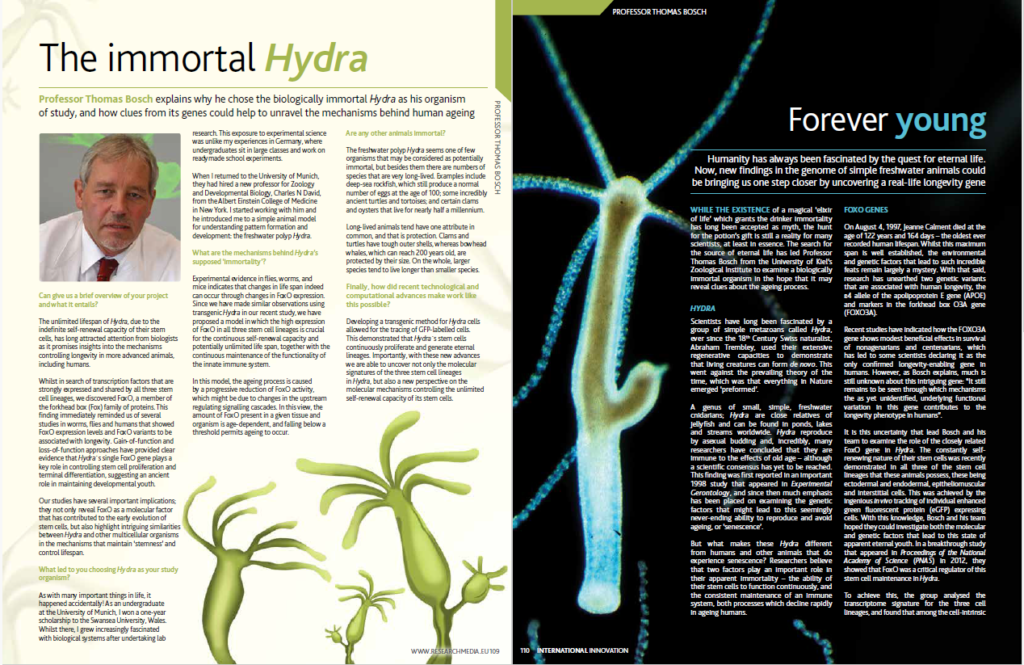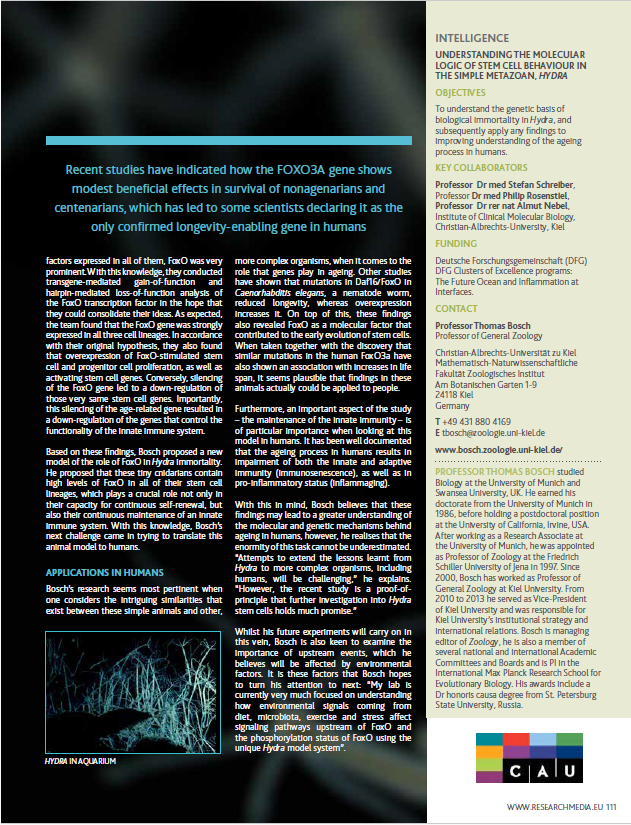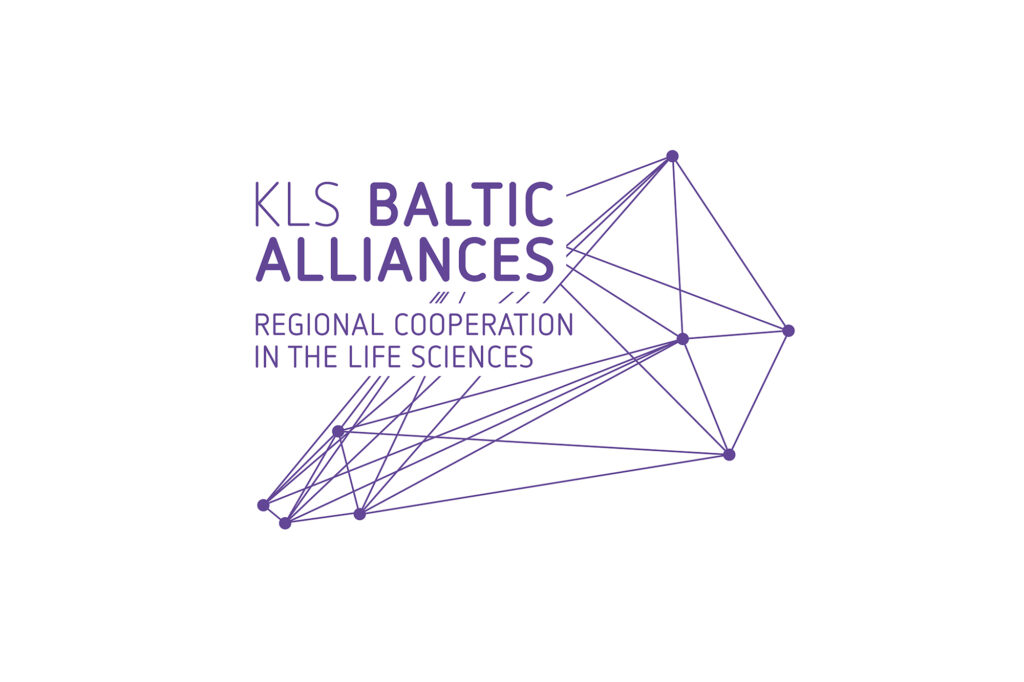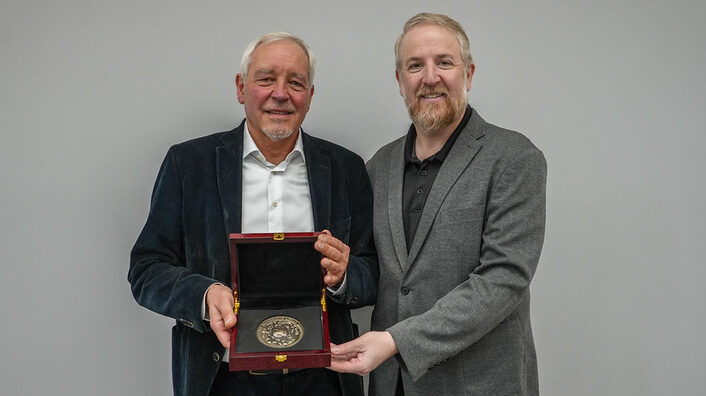The individual as metaorganism
Multicellular organisms exist as metaorganisms comprised of the macroscopic host and synergistic interdependence with numerous microbial and eukaryotic species. Health is fundamental multi-organismal. The Bosch lab studies the intricate interactions within metaorganisms in a simple model system, the cnidarian Hydra.

Cnidarians represent a key transition in the evolution of animal complexity, and are therefore critical to understand not only the origins of developmental mechanisms and their role in more complex organisms including humans but also the impact of environmental factors such as microbial interactions on host performance.

To gain an understanding of the evolution of immunity, we study the innate immune system in Hydra and the molecular interactions between microbes and host (Hydra) cells that promote normal development and homeostasis. We hypothesize that components of the innate immune system with its host specific antimicrobial peptides and a rich repertoire of pattern recognition receptors evolved in early branching metazoans because of the need to control the resident beneficial microbes rather than because of invasive pathogens.
Based on observations in transgenic Hydra with altered expression levels of stem cell transcription factors, we also propose a mutual intertwining between the stem cell regulatory machinery of the host and the resident microbiota composition, such that disturbances in either trigger a restructuring and resetting of the other.

Finally, we recognize evolution as a basic science for medicine. Diseases which affect barrier organs (e.g.skin, intestine) often develop from the interaction between microbes and individual genetic susceptibility. Health is fundamental multi-organismal. Using a combined bioinformatics and high throughput genomics approach, we investigate the evolution and function of orthologs to human disease genes for barrier dysfunction in Hydra.
Why we chose the biologically immortal Hydra as organism of study, and how clues from its genes could help to unravel the mechanisms behind human ageing


Significance
The increasing realization that animals exist only within a partnership with symbionts has led to three important realizations.
- First, it is becoming increasingly clear that to understand the physiology, evolution and development of a given species, we cannot study the species in isolation.
- Second, the health and fitness of animals, including humans, appears to be fundamentally multi-organismal. Disturbance within the complex community can have drastic consequences for the well-being of the members.
- Finally, the holobiont may be an important unit of evolutionary selection, a selection of “teams” containing many genomes and species.
Recent news
We communicate all our observations and results directly to the public in our news section.
Recent publications
Assembly of a functional neuronal circuit in embryos of an ancestral metazoan is influenced by environmental signals including the microbiome.
Christopher Noack, Sebastian Jenderny, Christoph Giez, Ornina Merza, Lisa-Marie Hofacker, Joerg Wittlieb, Urska Repnik, Marc Bramkamp, Karlheinz Ochs, Thomas C. G. Bosch (2025): Assembly of a functional neuronal circuit in embryos of an ancestral metazoan is influenced by environmental signals including the microbiome. Proc Natl Acad Sci US, June 5, 2025, 122 (23) e2501225122 https://doi.org/10.1073/pnas.2501225122
The microbiota affects stem cell decision making in Hydra
Jinru He, Alexander Klimovich, Sabine Kock, Linus Dahmke, Sören Franzenburg, Thomas C.G. Bosch (2025): The microbiota affects stem cell decision making in Hydra.
BioRxiv DOI:10.1101/2024.08.20.608462
Our research field and previous discoveries
Molecularization of Hydra
Novel computational tools and genomic resources have brought a molecular perspective on the Hydra stem cell system. A major breakthrough in research on cnidarian development came with the generation of stably transgenic Hydra by …
Stem cells, aging and the origin of cancer
The dynamic control of stem cell populations in response to external stimuli is critical to organismal adaptation to environmental conditions. This complexity is poorly understood. bacteriaWe have shown that stem cell maintenance in Hydra …
Tumours have deep roots in evolution
Stem cells emerged in evolution at the point of transition to stable multicellularity. This increase in hierarchical complexity requires robust mechanisms to maintain tissue homeostasis and organism integrity, and to stably interact with the …
How neurons interact with microbes
We are working on a better understanding of the function of the nervous system in the holobiont Hydra, which is among the first metazoans that contain neurons. We discovered that the nervous system, with …
Rethinking the role of immunity and the function of the nervous system
The ability of multicellular organisms to detect and respond to microorganisms is fundamental and has ancient evolutionary origins. Our work has shown that these apparently simple animals provide us with important information in understanding …


